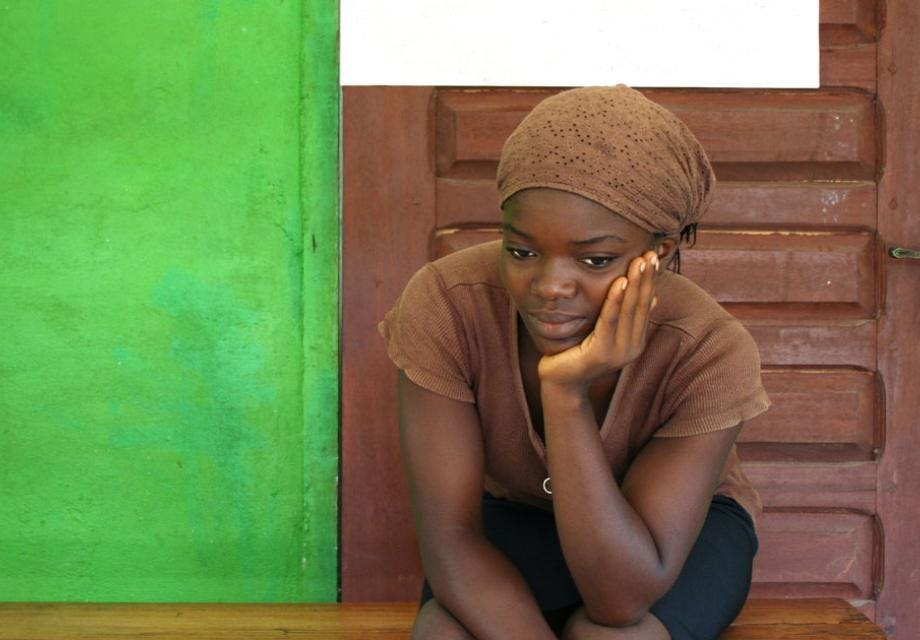One in six young Zimbabweans test positive for an STI yet only 3% had symptoms
Hester Phillips
14 January 2021
Study calls for increased testing of STIs, in place of diagnosing based on symptoms alone, as many young Zimbabweans with an STI present with zero symptoms.
Sexually transmitted infections (STIs) are increasing, and young people are particularly affected. But over the last 30 years, resource-limited settings have relied on ‘syndromic management’ (diagnosis based on symptoms), despite many curable STIs being asymptomatic.
Simpler STI tests that do not require laboratory analysis now exist but little is known about whether STI testing would be taken up if it were offered.
A trial offering integrated HIV and sexual and reproductive health services for young people (ages 16 to 24) in four community centres in Harare, Zimbabwe, was used as the setting for The Lancet study. All services were free and youth-friendly.
Between June 2019 and Jan 2020, 4,440 young people (78% female and 22% male) received services through the trial. Around 1,500 agreed to urine-based tests for chlamydia and gonorrhoea, of which 16.5% tested positive for one or both. Women were almost twice as likely than men to test positive (18% compared to 10%).
Only 7 of those testing positive (3%) had symptoms, meaning most would have gone untreated had they not been tested.
Two-thirds of those with an STI received treatment. Participants had to wait a week for their results, which may be one of the reasons why a third were lost to follow-up.
Uptake of STI testing increased three-fold during the study, from 12% to 37%, but remained fairly low throughout. Women were slightly more likely than men to test (34% compared to 30%).
Researchers surveyed around 260 participants for their views on STI testing and interviewed a further 26. Feeling at risk of STIs, due to their own or their partner's sexual behaviour, and having symptoms were motivators for testing.
Stigma was a major barrier to testing. Many participants feared family and community members would find out and were worried about being ostracised for being sexually active. Concerns that healthcare workers would not keep STI tests confidential also stopped people from testing.
Misconceptions, such as the belief that HIV testing covers STIs, were another barrier.
Around 90% of survey participants knew condoms could prevent STIs, but only a third used condoms regularly. Around 85% knew that STIs increase HIV risk. More than half (55%) could not name any STI's symptoms and 10% thought insect bites or sharing clothes or towels could spread STIs.
Most participants preferred to provide a urine sample rather than a genital swab. A community-based setting was the most popular testing location. However, as participants were recruited through a community-based trial this view might not be representative of other young people.
Partner notification slips were given to those who were treated for an STI, and all partners were eligible for treatment regardless of age. Less than 10% of eligible partners were treated.
When asked about notifying partners, one in five said they would not tell their partner if they had an STI. Men were less likely to tell their partner than women (59% compared to 92%). Fear of their partner leaving, being blamed, and violence were all given as reasons for withholding this information.
These findings suggest that increasing knowledge about STIs and STI testing and addressing the issue of confidentiality and stigma, could improve uptake as STI testing becomes more widely available.
Get our news and blogs by email
Keep up-to-date with all our latest news stories and blogs by signing up to the Be in the KNOW news digest.
